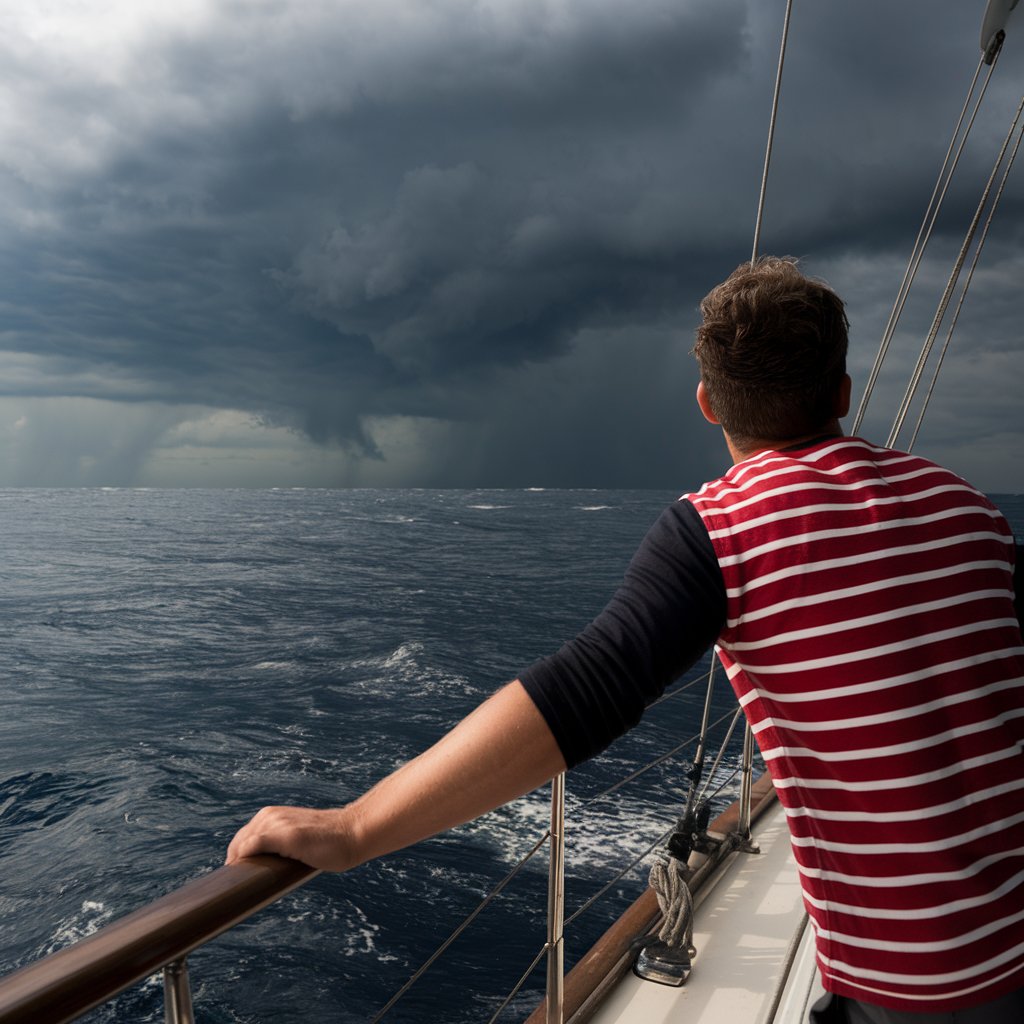For seasoned sailors and curious landlubbers alike, the sea can be an unpredictable entity and while it offers much pleasure and relaxation, your safety while sailing is heavily influenced by the ability to interpret and respond to the weather. It’s the one companion on every voyage that demands constant vigilance and respect. Knowing when a gust of wind is a mere whisper of what’s to come, or the harbinger of a brewing storm, could make all the difference.
Out on the open water, conditions can swing from tranquil to tempestuous in the blink of an eye. That’s why understanding Weather Patterns, recognizing the signs of change, and staying one step ahead is not just about comfort—it’s about safety. Timely weather monitoring means you can set your sails accordingly, make necessity-driven alterations to your route, and protect yourself, Your Crew, and your vessel.
It isn’t just about dodging danger, either. Smart sailors use weather forecasts and Modern Technology to enhance their journey—catching the Right Winds and calms seas as much as possible for an enjoyable sail.

Experience soothing relief with the OCOOPA King Size Heating Pad! Featuring innovative Octo-HeatLock Graphene technology, this ultra-rapid heat pad heats up 50% faster than traditional options, reaching a comforting 123.8℉ in just 10 minutes. Its unique 8-layer design locks in warmth for consistent, efficient comfort across a generous 12″x24″ surface, making it perfect for your back, neck, and abdomen. With six customizable heat levels and an adjustable timer of up to 6 hours, you can tailor your experience to fit your needs, while the auto-off feature ensures safety and peace of mind. Durable and long-lasting, this heating pad is the perfect gift for loved ones seeking comfort from pain or simply wishing to enjoy cozy warmth. Click HERE to learn more.
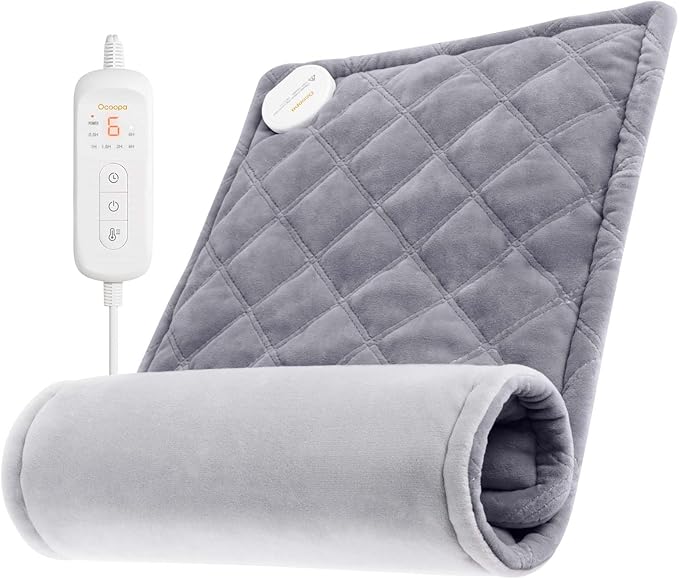
As someone having expertise with sailing, I can attest to the remarkable accessibility of real-time weather data. I came to appreciate very quickly that the more I understood the complexities of weather dynamics, the more I could work with them to ensure every sea passage was not only a safe one but enjoyable too.
Tools of the Trade: Your Weather Monitoring Kit
- Marine VHF Radio: Receive regular weather forecasts and listen to updates from other vessels.
- Barometer: Monitor changes in atmospheric pressure, which can indicate approaching weather systems.
- Thermometer & Hygrometer: Track temperature and humidity levels. Rising humidity can signal an approaching storm.
- Anemometer: Measure wind speed and direction.
- Cloud Chart: Identify different cloud formations and their associated weather patterns.
- Reliable Marine Weather Websites & Apps: Access detailed forecasts and weather charts for your sailing region.
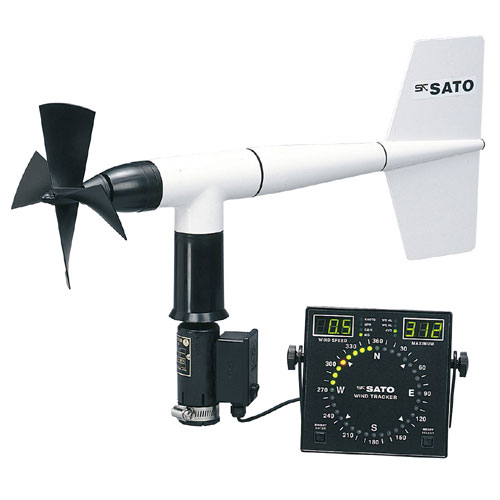
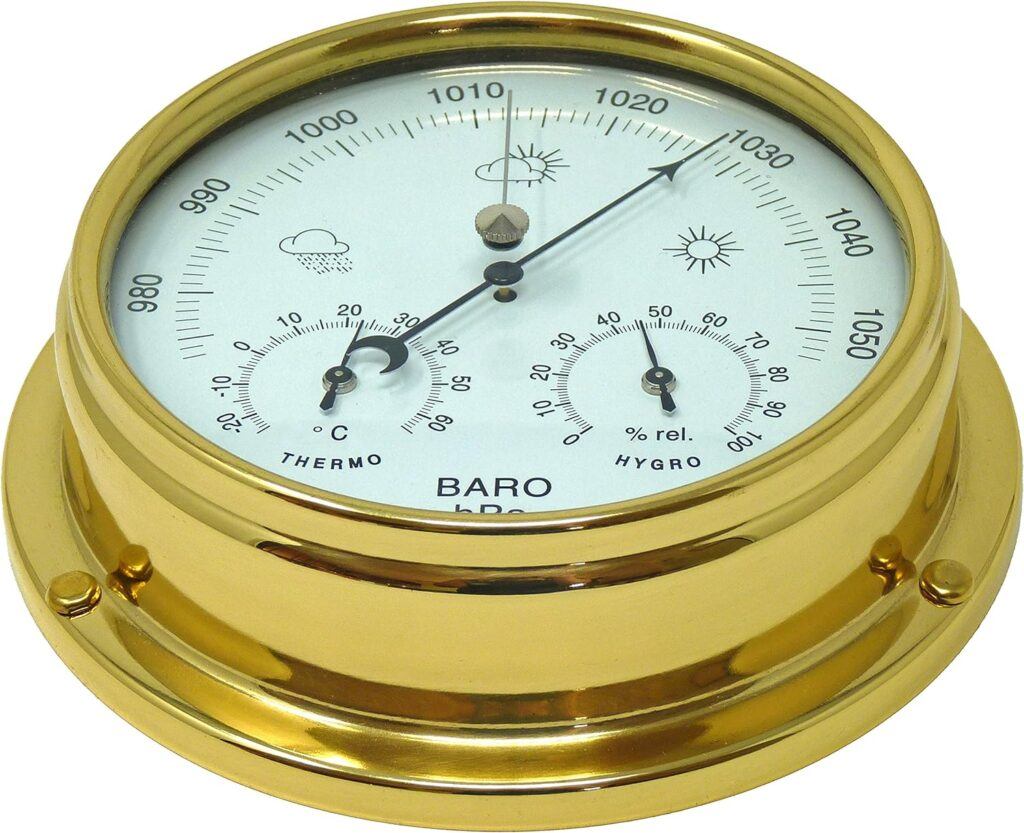
Harnessing the Clouds: Key Strategies for Weather Preparedness at Sea
Harnessing the power of weather knowledge isn’t just about having the right tools; it’s about understanding and interpreting the information they provide to make smart, safe decisions. However, even with the best preparation, sailors may encounter unexpected challenges at sea. In such situations, knowing how to navigate with limited power and resources can mean the difference between survival and disaster. Check out our article on “Essential Tips: Boaters lost at Sea” to learn essential strategies for staying safe in this precarious situation.
Pressure systems and their accompanying Wind Patterns are not just subjects for meteorologists; they are essential reading for sailors. A high-pressure system may hint at fair skies, while a low-pressure system often warns of impending storms. Recognizing these patterns allows for timely adjustments to ensuring a vessel’s safe journey. Of course, even the most experienced sailor knows that weather can defy predictions, demanding flexibility and respect.
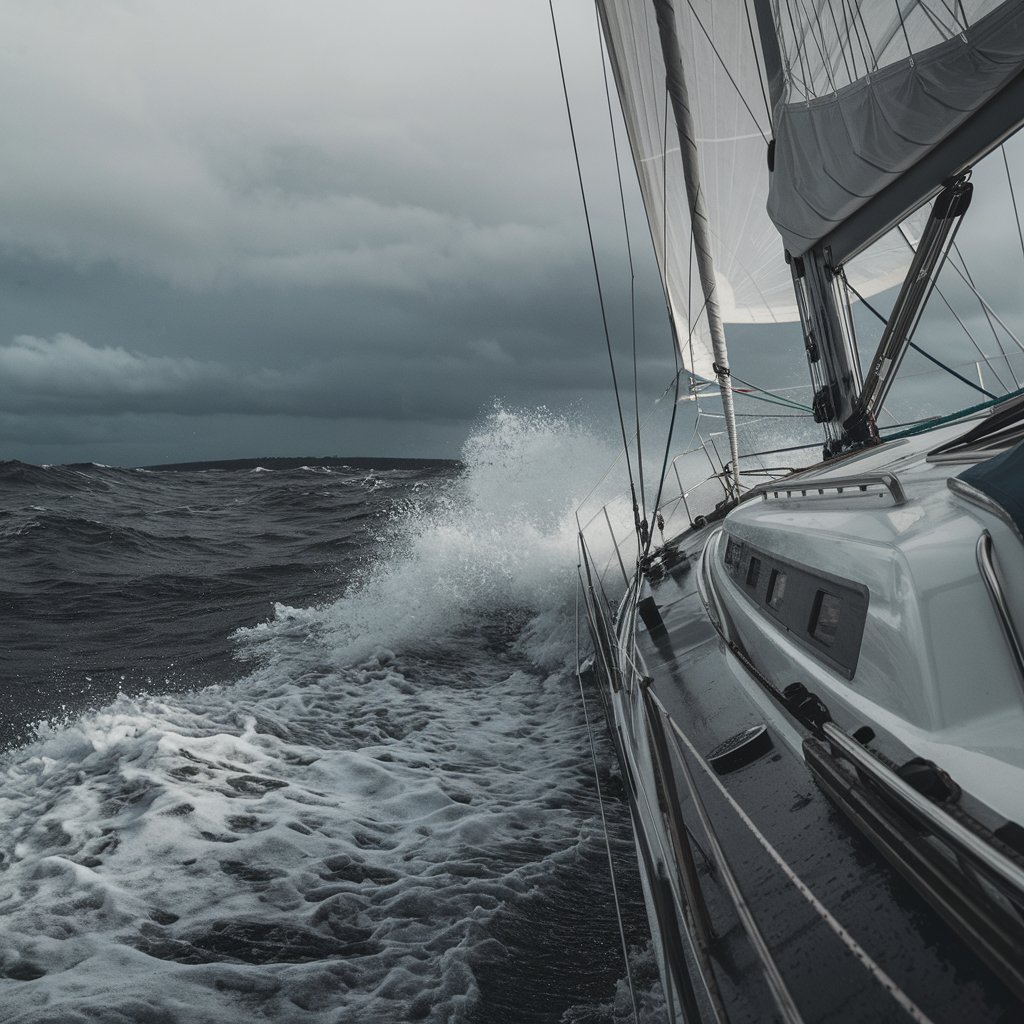
How do Ships Get Weather Information?
Ships acquire weather information through a multifaceted approach, utilizing both onboard instruments and external sources to gather comprehensive data essential for safe navigation. Onboard weather instruments such as those mentioned above provide real-time measurements of atmospheric conditions, Wind Speed, Direction, and temperature, allowing crew members to monitor immediate weather changes directly.
These instruments serve as the first line of defense against adverse weather conditions, enabling sailors to anticipate storms and adjust course accordingly. Additionally, ships access external weather data through a variety of channels, including weather routing services, satellite communications, vessel-to-shore communication, automatic weather stations, weather buoys, and collaborative reporting programs.
These external sources offer a broader perspective on weather patterns, providing forecasts, radar imagery, satellite data, and meteorological insights tailored to the ship’s location and intended route. By integrating information from multiple sources, ships can develop a comprehensive understanding of prevailing weather conditions, make informed navigational decisions, and optimize voyage planning to minimize risks and maximize efficiency.
What is Weather Lore?
Weather lore refers to traditional beliefs, sayings, and observations passed down through generations that are used to predict or interpret weather patterns. This folk wisdom often relies on natural signs, animal behavior, and atmospheric phenomena to anticipate forthcoming weather conditions. Sailors, in particular, have long relied on weather lore as a practical and accessible means of forecasting weather while at sea.
One example of weather lore that sailors must know is the adage “Red sky at night, sailor’s delight; red sky in the morning, sailor’s warning.” This saying suggests that a red sky at sunset indicates fair weather will follow, while a red sky at sunrise indicates the possibility of stormy weather ahead. The logic behind this saying lies in the scattering of sunlight by dust particles and moisture in the atmosphere, which can create vibrant red hues during certain weather conditions.

Unlock your creativity and expand your skills with Skillshare! Join a vibrant community of learners and explore thousands of classes in design, photography, writing, business, and more. Whether you’re a beginner or looking to enhance your expertise, Skillshare’s expert-led courses provide the inspiration and tools you need to turn your passion into progress. Click on Ad Below to Sign up today and start your journey towards personal and professional growth!
Understanding and interpreting weather lore can provide sailors with valuable insights into impending weather changes, allowing them to make informed decisions and take appropriate precautions while navigating. Of course, this isn’t always scientifically accurate, however weather lore serves as a practical and time-tested tool for sailors to supplement modern weather forecasting methods and enhance their ability to adapt to changing weather conditions while at sea.

Beyond the instruments and forecasts, a sailor’s judgment plays a pivotal role. Tips for staying ahead of the weather include building a habit of regular forecast checks, integrating weather considerations into all planning stages, and being agile enough to alter plans when the weather shows signs of turning.
Diligent sailors would do well to know the closest ports of refuge and to have a plan to reach them, as this can make the difference between riding out a storm in relative comfort or enduring a harrowing experience. From purchasing top-notch equipment to practicing safe harbor maneuvers, preparedness is the sailor’s best defense against an unpredictable ocean.
But What if you are Not Out at Sea, and a Hurricane is Fast Approaching?
Preparing your yacht or boat for an impending hurricane is crucial for safety and minimizing damage. Here’s a guide to help you get ready:
1. Stay Informed
- Monitor Weather Updates: Regularly check weather forecasts and hurricane tracking maps. Use reliable sources such as the National Hurricane Center (NHC).
- Set Up Alerts: Enable alerts on your phone for severe weather updates specific to your location.
2. Develop a Plan
- Evacuation Plan: Assess whether you will remain on your boat or evacuate in the event of an approaching hurricane. Identify nearby safe harbors or Marinas and plan your route accordingly. If sailing away from the storm is not feasible, prioritize your safety by completely distancing yourself from the impending danger.
- Communication Plan: Inform family and friends about your plans. Share your location and intended actions.
3. Secure the Boat
- Remove Loose Items: Take off all deck furniture, sails, and other movable equipment. Store them below deck or in a secure area to prevent them from becoming projectiles.
- Close Hatches and Ports: Ensure all hatches, ports, and windows are tightly sealed to prevent water intrusion.
- Strap Down: Use strong lines or straps to secure your boat to the dock or mooring. Consider using multiple lines to create a crisscross pattern for added stability.
- Check Dock Lines: Use heavy-duty dock lines that are resistant to chafing. Inspect them for any wear and replace if necessary.
- Add Spring Lines: Use spring lines to absorb surge motion and provide additional stability.
4. Check Safety Equipment
- Life Jackets: Ensure all Life Jackets are accessible and in good condition.
- Emergency Supplies: Stock up on emergency supplies, including food, water, first-aid kits, and flashlights.
- Fire Extinguishers: Verify that fire extinguishers are fully charged and easily accessible.
5. Drain and Protect
- Bilge Pumps: Ensure bilge pumps are operational and clean. Check for any blockages and test them to confirm they work.
- Fuel and Water Tanks: Fill fuel tanks to prevent condensation and keep water tanks full to provide stability.
- Protect Electronics: Disconnect or cover electronic equipment to shield it from potential water damage.
7. Plan for Anchoring
- Anchor System: If you plan to anchor, ensure your anchor and chain are in good condition and suited for the area.
- Multiple Anchors: Consider deploying more than one anchor to prevent dragging in high winds.
8. Consider Hauling Out
- Dry Storage: If possible, haul out your boat and place it in a secure yard designed for hurricane protection.
- Consult a Marina: Check with your Marina about their hurricane policies and the best practices for storm preparation.
9. Final Checks
- Inventory: Keep an inventory of all valuable items and equipment on board for insurance purposes.
- Secure Documentation: Store important documents, such as registration and insurance, in a waterproof container.
10. After the Storm
- Inspect the Boat: Once it’s safe, check your boat for any damage. Look for leaks, structural integrity, and engine condition.
- Report Damage: Contact your insurance company promptly to report any damage and begin the claims process.
By taking these steps, you can better prepare your yacht or boat for the challenges posed by a hurricane. Safety should always be your top priority, so don’t hesitate to seek shelter if conditions become dangerous. Stay safe and informed!
The urgency for Captains and sailors to master handling difficult sea conditions has never been greater, as Global Warming and Climate Change intensify the frequency and severity of extreme weather events. By equipping themselves with advanced training and up-to-date meteorological knowledge, mariners can better navigate these treacherous conditions, ensuring their safety and the protection of their vessels. Proactive preparation today is essential, as the challenges posed by a warming planet are expected to escalate, demanding heightened vigilance and adaptability in the years to come.
The Conclusion
In conclusion, a vigilant and informed approach to weather monitoring isn’t just a part of sailing; it’s a commitment to safety and the cornerstone of a confident sailor. The strategies discussed here are more than guidelines; they are a call to instill diligence and respect for the forces of nature within the boating and sailing community. As you take to the water, armed with knowledge and the right tools, remember that being a well-prepared sailor means being a guardian of your own safety—and that of your fellow sailors. Ideal sea conditions may be the hope, but a sailor’s truest companion is wisdom in the face of any weather.
**Our Website contains affiliate links. This means if you click and make a purchase, we may receive a small commission. Don’t worry, there is no extra cost to you. Its a simply way you can support our mission to bring you quality content**.

Unlock Your Sailing Potential with PredictWind!
Are you ready to take your sailing experience to the next level? With PredictWind, you can access the most accurate weather forecasts and advanced routing tools designed specifically for sailors.
? Real-time Weather Updates: Stay ahead of the elements with our reliable and detailed weather predictions.
? Advanced Routing: Optimize your sailing routes for efficiency and safety, ensuring smooth sailing every time.
? User-Friendly Interface: Whether you’re a seasoned sailor or just starting, our intuitive platform makes navigation a breeze.
? Global Coverage: Sail confidently around the world with forecasts tailored to your destination.
Join thousands of sailors who trust PredictWind to enhance their adventures. Start your free trial today and experience the difference!
Click Ad below to visit Predictwind today for more information. Your next great sailing journey awaits!


